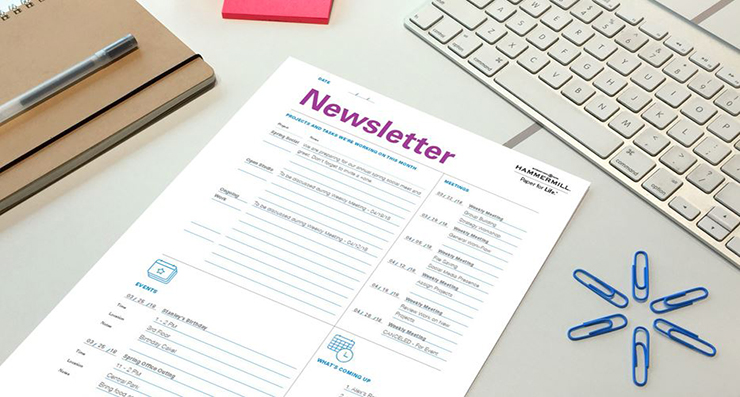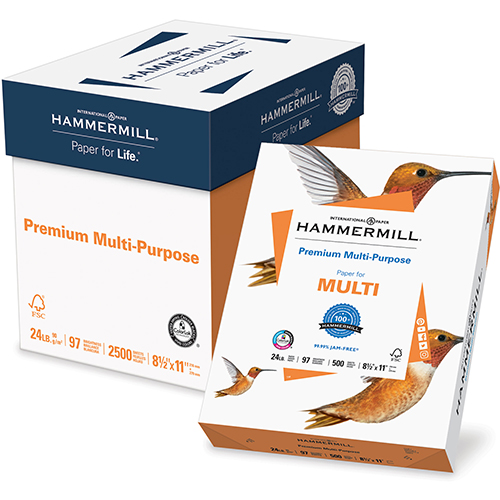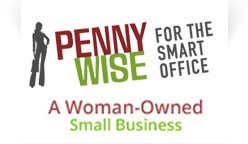A good business newsletter is an effective tool for reaching your audiences with important information. Our partners at International Paper/Hammermill Paper understand this, and have shared their knowledge with you in this blog.
You can use your newsletter to expand your customer base, keep existing customers excited about your business, or attract new sources of funding. It can be strategic by demonstrating your business plan in action or it can be pragmatic and introduce new products, services or capabilities. Or it can do both.
There are a few things to keep in mind when putting your newsletter together to make sure it is as effective as possible. We’ve put together some pointers to help make it easier.
Ready to create your newsletter? Check out our Business Newsletter Templates.

Define Your Audience
Who are you trying to reach with your newsletter? Make sure you have a clear idea of your audiences, then try to organize your newsletter contents to reach them in order of priority. In other words, speak to your most important audience first and then secondary audiences after. You can dedicate an entire newsletter to a single audience and reach a different audience with the next one or you can try to reach as many audiences as possible in each newsletter.
To reach each of your audiences with the information they value, it’s a good idea to develop an editorial calendar. Think through who you are trying to reach and how often you want to speak to them. This will help you decide what each newsletter needs to accomplish, as well as how often you need to send them out.
Be Customer-Focused
Your newsletter should provide your audience with information that is valuable to them. A newsletter that speaks only to your accomplishments or capabilities isn’t really customer-focused. Take the extra step to show how your accomplishments or capabilities can help your customers achieve their goals.
The headline for each section of the newsletter should present a customer benefit. For example, rather than saying “X Corp. Achieves New Milestone in Y Acquisition”, try something like “Deliver Your Products Faster, Cheaper”. A subhead can be used to provide important details, such as “X Corp. has reduced shipping time and cost with the strategic acquisition of Y company.”

Figure Out Your Call-to-Action
What do you want your audience to do after they’ve read your newsletter? Visit your website? Contact a representative or salesperson? Join your mailing list so you can initiate a conversion process? Be clear about what you want your audience to do, and tell them. “For more important details, call us at 1-800-555-9999,” or “To pre-order our new SuperFast Everythinger, visit us at SFeverythinger.com. “
Prioritize Your Information
Begin with stating the customer benefit in the headline, then provide a summary explanation in the subhead. The body copy can go into more detail as needed. This helps audiences pressed for time get the most important information quickly while also allowing anyone who is interested the details that are important to them.
Show It
Good imagery can generate interest by showing people what you are talking about. Remember that quality is important. A quick shot with your phone camera is probably not going to show your product in its best light. Take the time to use good imagery, but remember…too much of a good thing can work against you. If your newsletter has too many images, the imagery can distract from your messaging and what you want your audiences to know and do.
To make all of this easier to put into practice, we’ve developed some useful Business Newsletter Templates that will help you organize news and information in a way that is easily read. It’s a good idea to check your work by printing it out first–we recommend using a quality paper like Hammermill Premium Multi-Purpose 24LB. printer paper.



